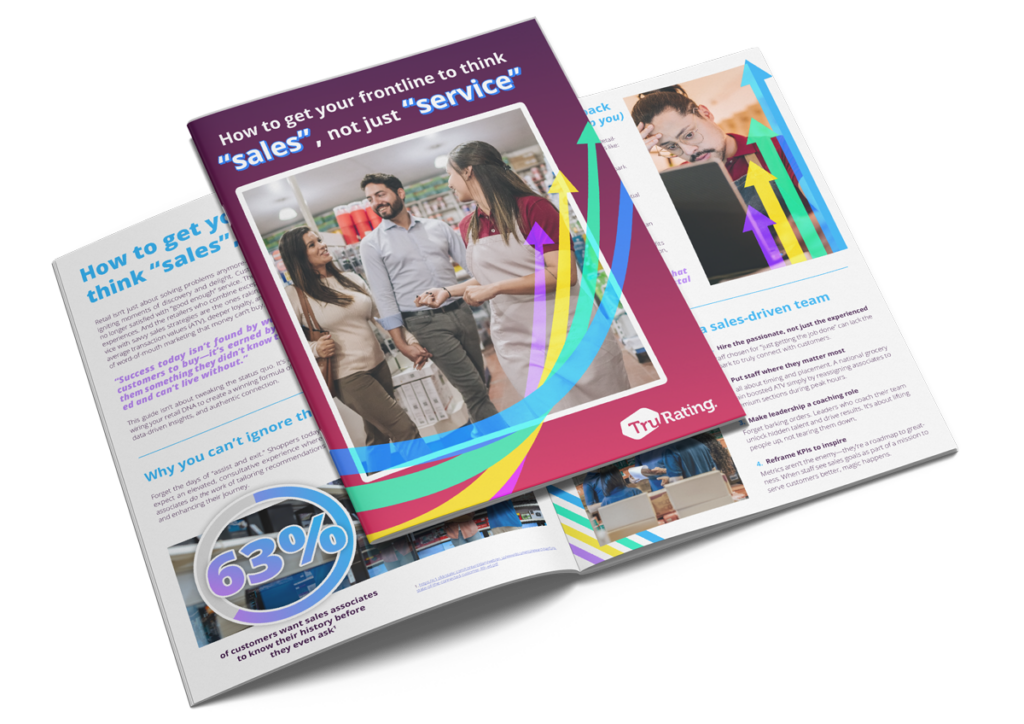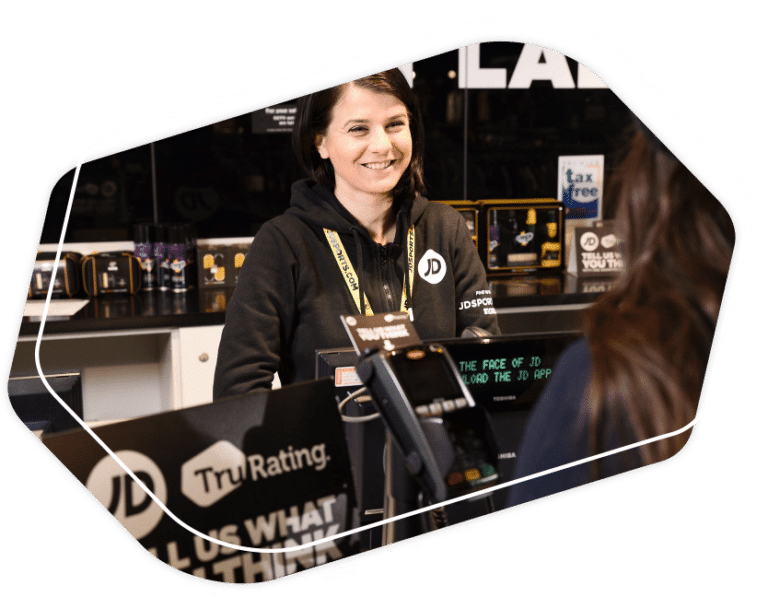Shep Hyken, CSP, CPAE is the CAO (Chief Amazement Officer) of Shepard Presentations. As a customer service expert and keynote speaker, Shep works with companies who want to build loyal relationships with their customers and employees. In 2008 Shep was inducted into the National Speakers Association Hall of Fame for lifetime achievement in the professional speaking industry.
We caught-up with Shep shortly after the publication of his latest book The Convenience Revolution, to find out why making life easy for the customer, is where businesses really need to be paying attention in 2019…
Could you tell us a little bit about your new book The Convenience Revolution?
Sure, the subtitle is, how to deliver a customer service experience that disrupts the competition and creates a fierce loyalty. Somebody asked me, “Why do you choose the companies you choose to do business with?” I mean, you love doing business with companies that treat you right and add value beyond just the product that they sell you in the form of the experience… but then I thought about it some more and it struck me, there is another reason I choose to do business with one company over another and that’s how easy they make it for me.
This seemed kind of interesting, so I looked to see if anyone else had written a book on just this subject – ease and convenience – and well, that’s how it all got started. If I was to ask you, who would you say are the most convenient company on the planet right now?
Off the top of the head, you’d probably have to say Amazon…
Right! Amazon made it just so easy. There is a reason this company has done well. It is not just innovation, it is innovation that made life more convenient for their customers, and I said, okay, let’s take a look at what companies are disrupting others in their industry, not because they are a better product, but all things being equal, that they deliver a better experience, especially in the form of being convenient.
When I started, gosh, I had several hundred companies that I could have written about, so we narrowed it down to six basic principles of convenience. Amazon does all six – some just do one and they do it so well that it steals business from others… anyway it struck me that this was something interesting enough to write a book about.
Just as the book was getting into its final form, a major organization came out with a study that says, “Convenience: The Currency of the Future.” And I thought – ha – maybe I am on to something after all…
When did CX become the catch-all phrase for things like service, satisfaction and, well, convenience?
Well, over the years ‘experience’ has become the big differentiation point. When companies used to go for bigger market share they would spend money on advertising and marketing, but then along came social media and the Internet, and review sites, and all of a sudden, people are reviewing companies, not just on the products that they sold but the experience that they had. I don’t know if you’ve ever had an iPhone or iPad, but when you open it, just the box itself is an experience, and that is part of the packaging and design – experience design – it makes you think, “wow, I think they made the right decision because this makes me feel real good”. The rise of digital and the ability to communicate widely allowed for people to start talking about those experiences, not just about the product, and that became a big deal…
Now, when you talk about customer experience, it’s everything related to any interaction you had with a company or with a product and companies are recognizing the importance of not letting a customer down at any of these interaction points.
They are designing the experience for, hopefully, maximum appreciation from their customer. Whether it be the product, the people over the phone, the intuitiveness and the easiness of using the website, the ability to chat with somebody through instant chat or chat bot… as time progresses, companies are realizing that every time customers interact with them they have an opportunity to enhance that experience.
At TruRating, we’re interested in helping businesses understand their customer experience – which is not always easy. Apparently 72% of businesses claim that CX is there No. 1 priority – what proportion do you think are getting it right?
Well I mean, if 72% are trying to do it, you have to imagine that at least is 28% are screwing up… that’s number one. Number two, I think that just because you are thinking about it is not good enough at all – you’ve got to take action too. At the end of the day, the customer is judge and the jury – it’s the customer’s perception of what you are doing that counts. There’s plenty of services out there that will say to a company, “Oh, yeah, we’re working really hard to deliver a better experience. We have done this, that, and the other. We spent this much money,” and then you go to the customer and the customer’s surveyed and guess what, the numbers don’t match up. The customer says, “You know what, I don’t think they’re doing a good job,” yet, the company is investing in this service.
I urge companies to not only look at their closest competitor as far as benchmarking a standard that might be acceptable, but look at some of the other companies that are the rock stars in the business. What is it that Amazon is doing that you are not, that you could do? And who cares if the competitor is not doing it? If it’s something that makes sense financially and it makes sense to the customer, and it’s going to increase value, perhaps you should be considering it.
Back to the question, how many are doing it right? When you look at different industries, you can tell who the laggards are. I mean, I could take you to five different restaurants five days in a row, and at the end, you will say, “Well, this one was great and this one wasn’t,” and then we will go look at all the statistics and the feedback, and guess what, you are probably right, yet all five of them probably think they are doing a good job.
Which is interesting… we recently spoke to Annette Franz, a friend of yours, and she described customer experience as ‘hard work – a journey’ one you have to consistently pay attention to. What is it about customer experience that makes it so hard to get right?
If somebody who starts a company is passionate about something, they’ve got to hire people that are just as passionate, and it’s easy to do if you only have to hire a few people, but imagine a company that has 35,000 or 50,000 employees, or even more, how do you hire that many people that are passionate?
Annette’s specialty is the journey map – she’s taking customer experience from a design perspective. I look at things a little differently, and by the way, I believe in the design perspective and every company has to do what Annette is doing, but just because you have designed it the right way, doesn’t mean your customers are going to experience it when they interact with people from the company…
Everyone has to pull together, even the person who says, “I don’t ever see the customer. I’ve never seen a customer in my life. I don’t ever talk to them. How can you say I need to be trained customer service or customer experience?”
If the guy in the warehouse that never sees the customer, doesn’t take the right product and put it in the box the right way, if it shows up to the customers doorstep and it’s the wrong product, or something is missing, or something is broken, whose fault was that even though the order was given to that warehouse person properly?
People will make mistakes, but I want people to be intentional about the desire to make things right, not just go on and let it happen because that is the way we are supposed to do it – no, be intentional, be aware, be hyper focused, look for things that might go wrong so you can fix them proactively before the customer experience hits them.
Finally then… if you could point one thing for people just starting off in customer experience to focus on, what would it be?
Which one thing do you want me to talk about today? I mean, the journey map is really important. Hiring the right people, really important. Training those people properly, really, really important. Creating that vision before you get started with all of it, really, really important – but just doing one of those things – isn’t going to get me the results you want!
_____
Shep is the “New York Times” and “Wall Street Journal” bestseller of “The Amazement Revolution“, “The Cult of the Customer“, “The Loyal Customer“, “Moments of Magic“, “Amaze Every Customer Every Time” and “Be Amazing or Go Home“.
To get more of his insights head to Hyken.com where you can purchase The Convenience Revolution directly.
Thank you so much Shep for taking the time to speak to us!












